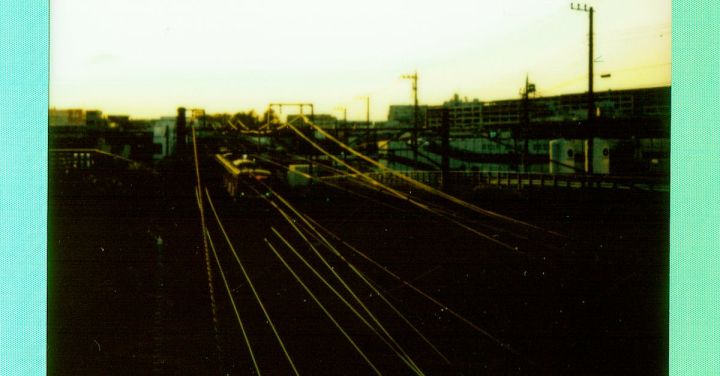Railways have long captured the imagination of artists, inspiring a myriad of artistic expressions throughout history. From the early days of steam locomotives to the high-speed trains of today, the railways have provided artists with a rich source of subject matter and a unique lens through which to explore themes of motion, progress, and human connection.
In the 19th century, as the railways revolutionized transportation and connected distant cities, artists sought to capture the awe-inspiring power and scale of these technological marvels. Painters like Claude Monet and J.M.W. Turner were drawn to the railways’ ability to transform the landscape, using bold brushstrokes and vibrant colors to depict the billowing steam and the dramatic play of light and shadow.
As the railways expanded, so too did the artistic representations of these iron beasts. The Futurists of the early 20th century, led by artists like Umberto Boccioni and Giacomo Balla, embraced the speed and dynamism of the locomotives. Their paintings, characterized by fragmented forms and dynamic lines, sought to capture the exhilaration and energy of the modern age.
In the mid-20th century, the railways became a symbol of post-war reconstruction and progress. Artists like Edward Hopper and David Hockney depicted train stations as bustling hubs of human activity, with crowds of travelers and the ever-present sense of anticipation and departure. Their works reflected the optimism and hope associated with a new era of travel and connectivity.
In recent years, as concerns about the environment and sustainability have grown, artists have turned their attention to the railways’ impact on the natural world. The work of contemporary artists like Chris Jordan and Subhankar Banerjee seeks to raise awareness about the ecological consequences of rail infrastructure expansion. Through their photographs and installations, they remind us of the delicate balance between progress and preservation.
The railways have not only inspired painters and photographers but also playwrights, poets, and musicians. Playwrights like Arthur Miller and Tennessee Williams have used trains as metaphors for journeys of self-discovery and escape. Poets like Walt Whitman and Langston Hughes have celebrated the railways as symbols of democracy and the great American dream. Musicians like Johnny Cash and Woody Guthrie have immortalized the railways in their songs, capturing the romance and hardship of life on the tracks.
In the digital age, artists continue to find inspiration in the railways. With the advent of social media, platforms like Instagram have become virtual galleries for railway enthusiasts to showcase their photographs and artwork. Hashtags like #railwayart and #trainphotography have created communities of artists and enthusiasts, sharing their unique perspectives and interpretations of the railways.
Through the ages, the railways have remained a constant source of inspiration for artists, capturing the imagination and offering a glimpse into the ever-changing landscape of human progress. From the majestic steam engines of the past to the sleek bullet trains of the present, the railways continue to fascinate and inspire, reminding us of the power of human ingenuity and the enduring beauty of the world around us.
In conclusion, the artistic impressions of railways through time have taken many forms, reflecting the evolving cultural and technological landscape. From the bold brushstrokes of the Impressionists to the fragmented forms of the Futurists, artists have sought to capture the essence of these monumental machines and their impact on society. Whether through paint, photography, poetry, or music, the railways have left an indelible mark on the artistic imagination, reminding us of the enduring power of human creativity.
